When Was Cheese Invented, and Where?
When Was Cheese Invented, and Where?
Cheese 101
Cheese is one of the food world’s most versatile gifts. What else can you enjoy as a snack, a sandwich, a topping, a dessert, even a dip—all with infinite variety?
It’s so ubiquitous that it’s easy to overlook some of the basic questions about cheese. Like: Where did cheese originate? How was cheese invented? As luck would have it, the history of cheese most likely starts with a happy accident.
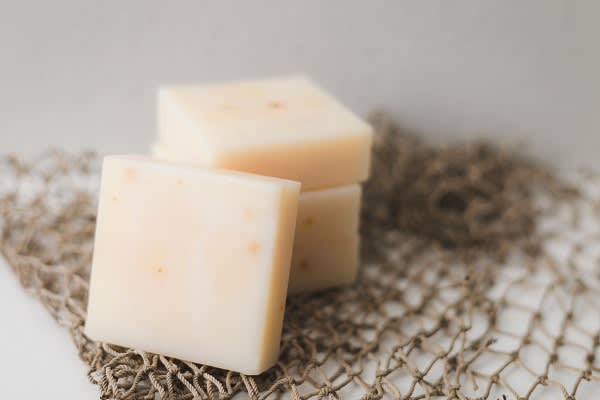
Who Invented Cheese?
Cheese probably wasn’t invented so much as discovered. Some stories say it was accidentally created when milk was stored in containers made from animals’ stomachs, which contain rennet, an enzyme that causes milk to separate into curds and whey (a process known as coagulation). One story claims cheese may have been created when an Arab merchant put milk into his pouch while traveling across the desert, and later that night he enjoyed a drink from the whey and a meal from the curd.Another legend has it that cheese came from a tradition of salting curdled milk to preserve it, and yet another story says it came from adding fruit juice to milk, where the acid would cause the milk to curdle. (This technique is frequently used by cooks looking for a quick substitute for buttermilk.)
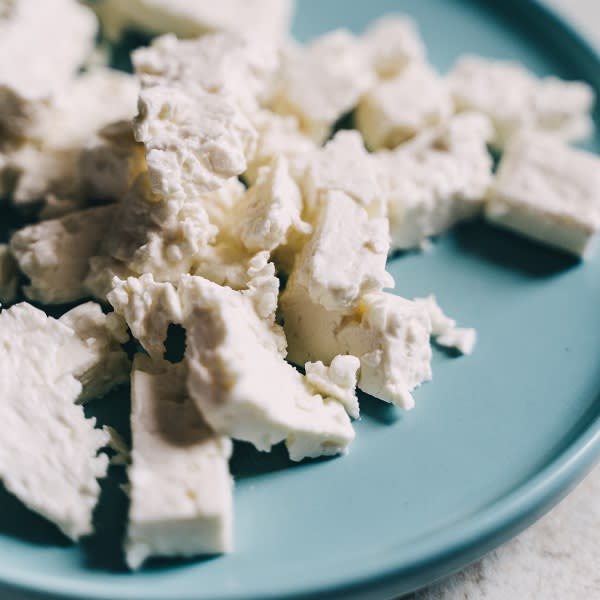
When Was Cheese Invented?
Historians haven’t nailed down an exact date when cheese was invented, but jars from the First Dynasty of Egypt were found to contain cheese dating back to 3000 BCE, and Egyptian tomb murals from 2000 BCE depict cheese manufacturing.Cheese—specifically a type that is believed to be the predecessor to feta—is also mentioned in Homer’s 8th-century BCE epic poem “The Odyssey.” When Odysseus and his men have sailed through the Mediterranean Sea and come upon the cave of the cyclops Polyphemos, Odysseus and pals search the cave for food. As Homer reports, the group found that “His cheese-racks were loaded with cheeses.”
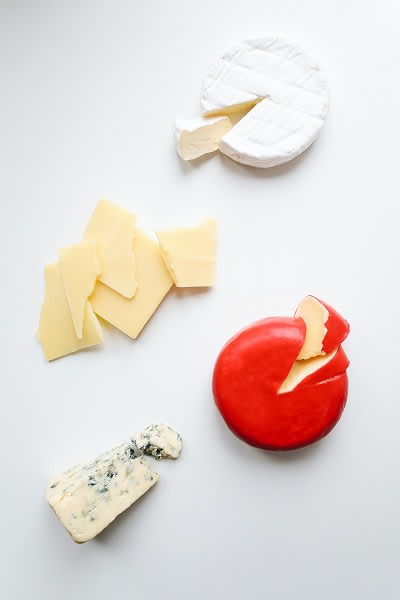
Where Does Cheese Come From?
There’s a strong chance cheese started in the Middle East. Over time, the process spread to Europe, and by the time of Julius Caesar (46-44 BCE) there were hundreds of types of cheeses in the Roman Empire and beyond.Cheese production in the United States began in the 17th century, via the English Puritan dairy farmers who brought their skills to the colonies. Rhode Island, Connecticut, and Eastern Massachusetts were the first U.S. territories to make cheese. As settlers moved West, other states got in on the cheesy action.
The milky favorite became a staple of the American diet as population, and therefore demand, increased throughout the country. In the mid-19th century, a band of Swiss immigrants started producing foreign cheeses in Wisconsin, and historians say that most Wisconsin farmers believed their survival was tied to the production of cheese.
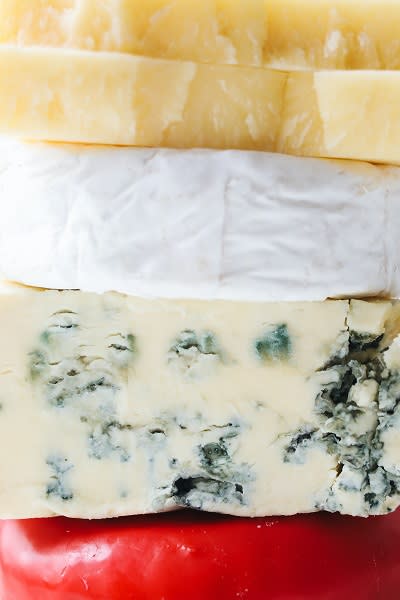
How Has Cheese Changed Over Time?
Earlier cheeses, such as feta, tended to be saltier due to the need for preservation. But as cheesemaking spread to areas with cooler climates, heavy salting wasn’t necessary, so the cheeses became softer and milder. Many of today’s well-known cheeses, including Camembert and Gouda, are said to have started in Europe during the Middle Ages.Over time, more types of cheese sprang up. For example, Parmesan, Swiss, and cheddar appeared within the past 500 years. The first cheese factory was built in 1815 in Switzerland, followed by scientific and industrial developments leading to mass production. One helpful development was Louis Pasteur’s 1862 creation of pasteurization, which helped popularize cheese as it made the milk less prone to dangerous bacteria.
Today, you can find a variety of regional cheeses across the United States. These include Vermont cheddar, Wisconsin Colby, and California Monterey Jack. Wisconsin currently produces the most cheese of all U.S. states, with California and Idaho coming in second and third, respectively.
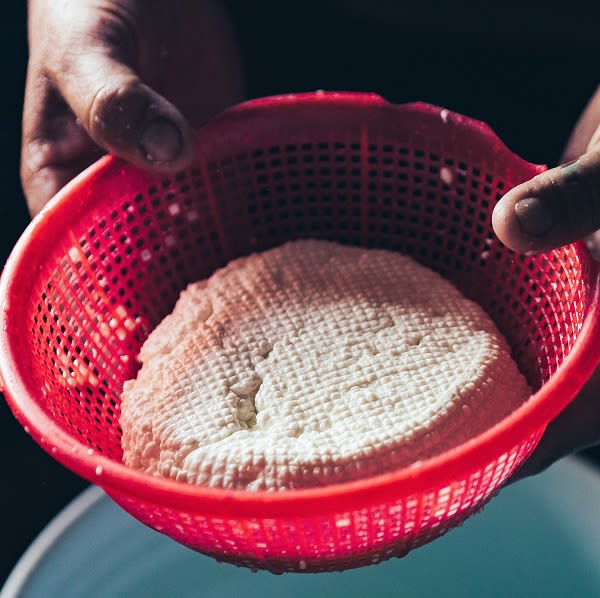
How Is Cheese Made?
While originally cheesemaking was as simple as milk, the sun, and a storage pouch, we now have a lot more health protocols in place. Milk is brought to the cheesemakers, who test its purity and quality. Then the milk is filtered and standardized, meaning more fat, protein, or cream might get added. The liquid is then pasteurized to kill any bacteria, and “good bacteria” or “starter cultures” are added to ferment the drink’s natural sugar (lactose) into lactic acid.Afterward, more ingredients are added, including rennet and possibly some coloring. When the cheese starts to gel, the cheesemakers slice it so the whey comes out, with larger cuts resulting in moist, soft cheese. Then the curds are heated and stirred, and the curds are separated from the whey. From there, it comes down to salting or brining, and pressing, depending on the specific cheese desired.
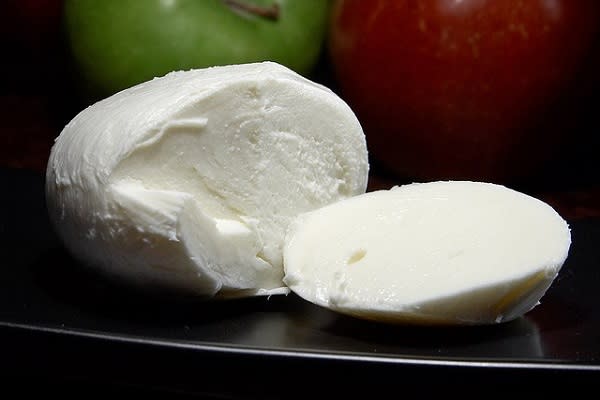
What Are the Leading Categories of Cheese?
In broad strokes, cheese is categorized as hard cheese, blue cheese, pasta filata (this means “spun paste”; think mozzarella), processed, soft and fresh, soft-ripened, semisoft, and semihard (this has less water than semisoft).When it comes to Americans’ favorite cheeses, we’ve collectively named cheddar as our fave, followed by American, mozzarella, Swiss, pepper jack, and colby jack, in that order.
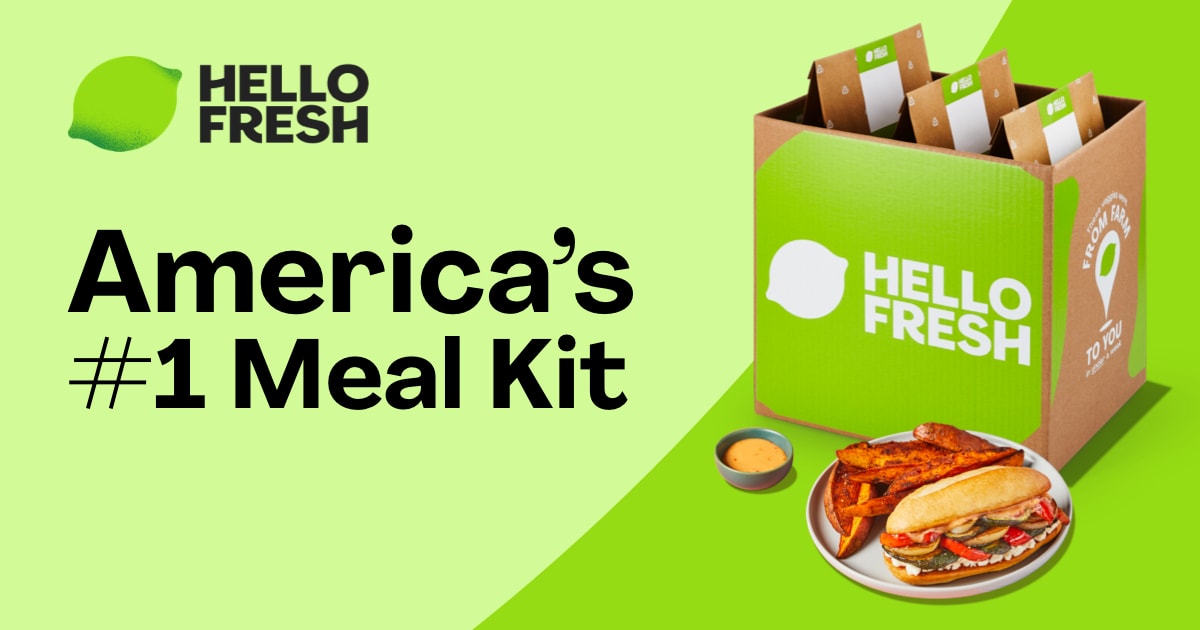
Dinner Recipes With Cheese From HelloFresh
Fact is, there are few meals that wouldn’t benefit from a little cheese in some form. But these dinner recipes (plus one bonus side dish) showcase the stuff at its finest:
- Lemon Za’atar Grilling Cheese
- Cheesy Prosciutto-Wrapped Chicken
- Cheddar Grilled Cheese
- Cheesy Mexican-Style Street Corn Dip
- Shawarma-Spiced Halloumi
Any way you slice it, cheese makes your dinner recipes livelier. Add more of it with a HelloFresh plan today!